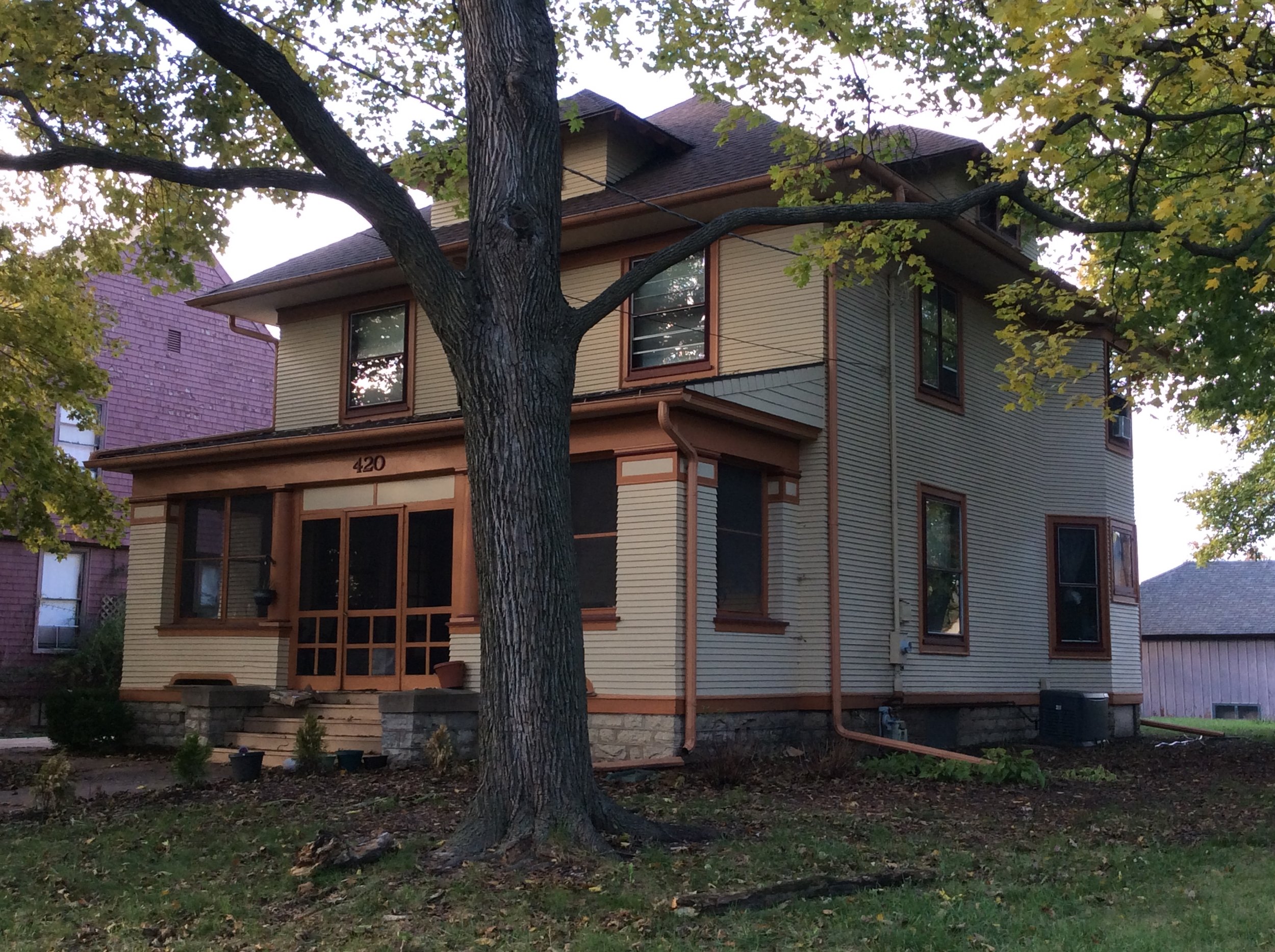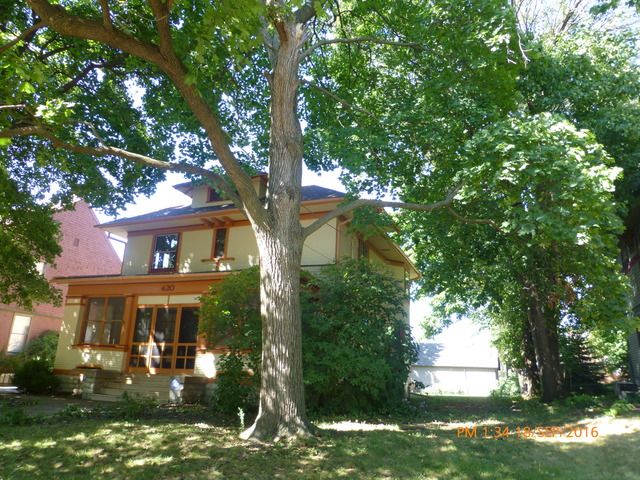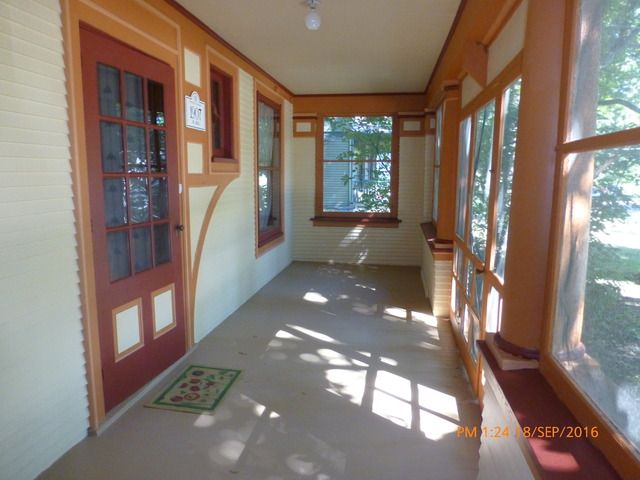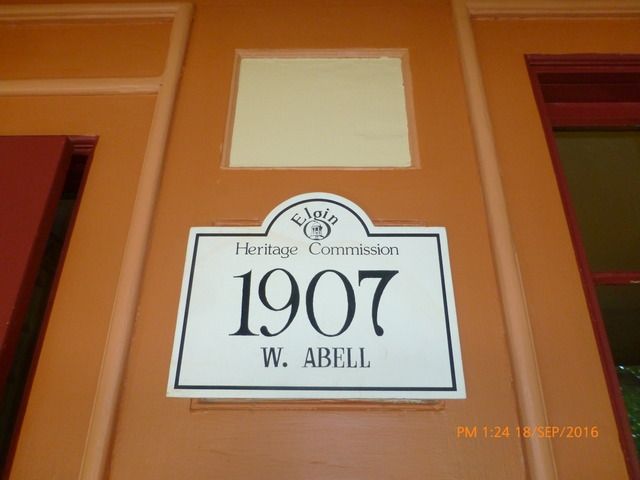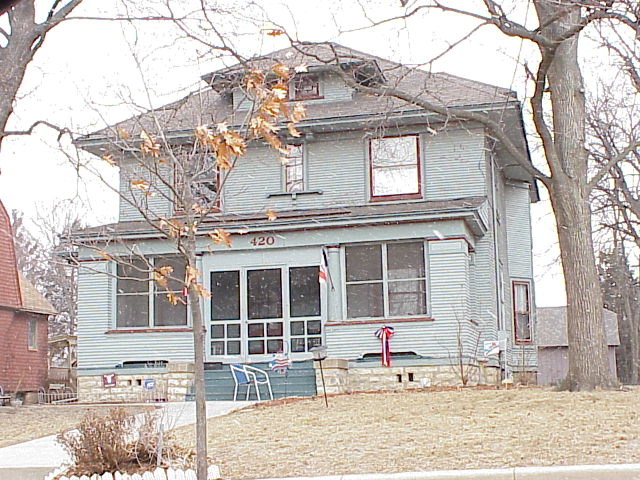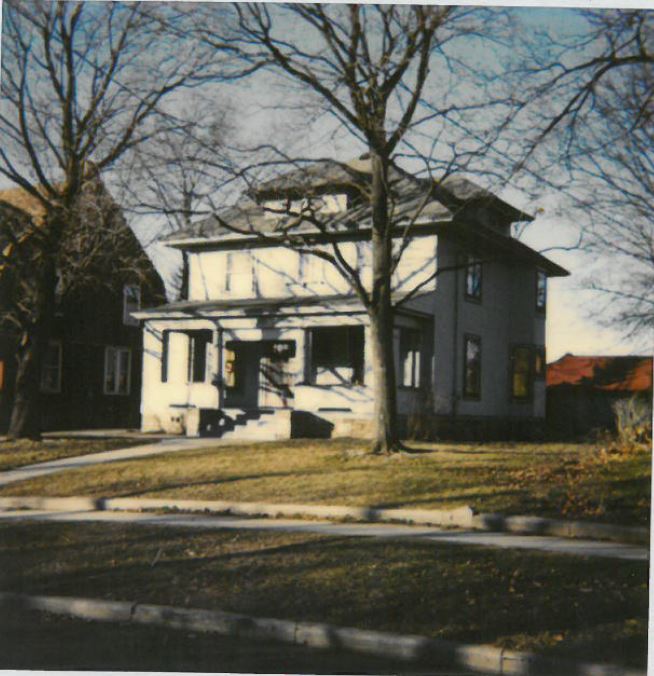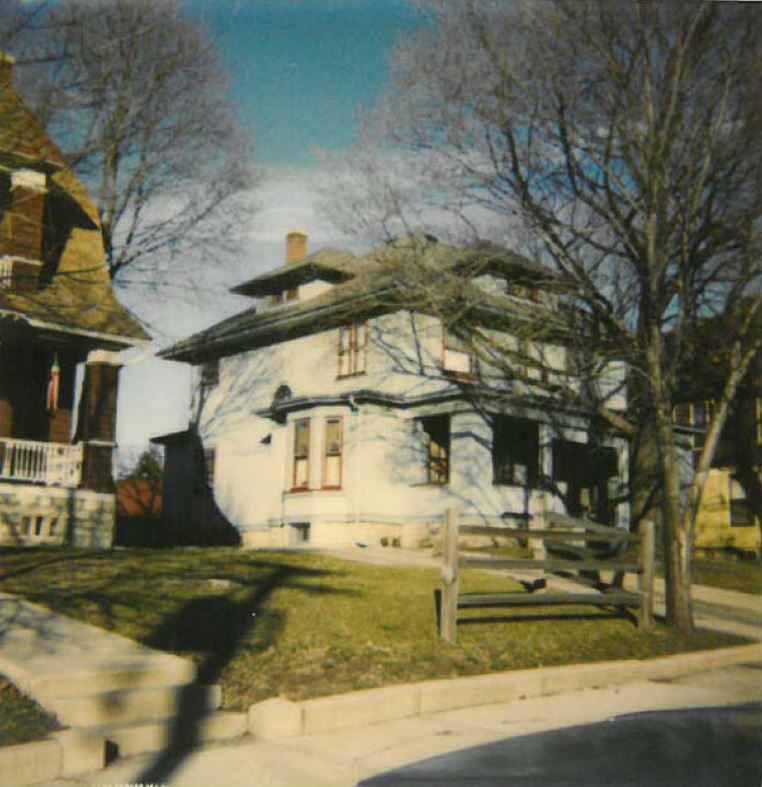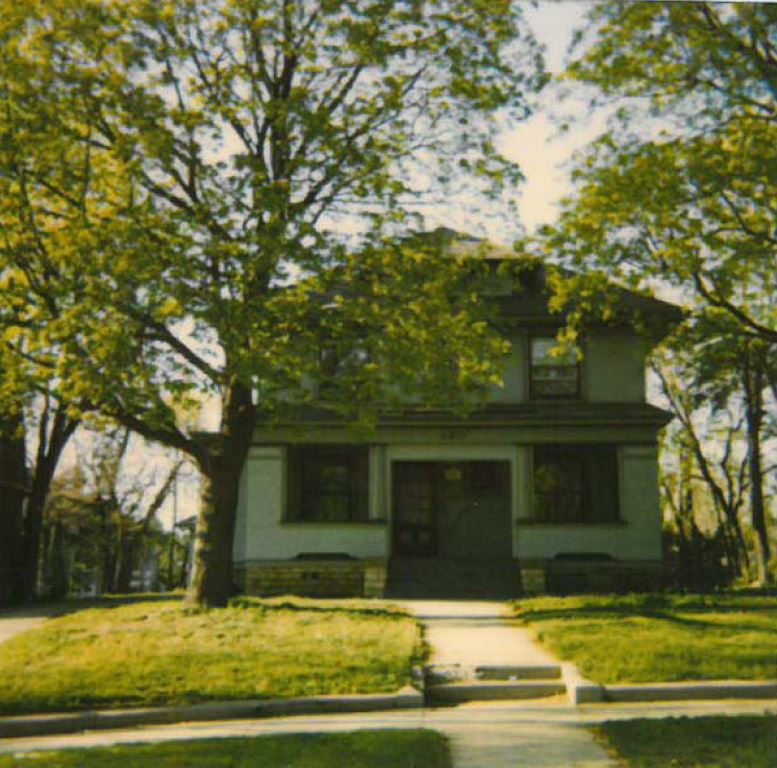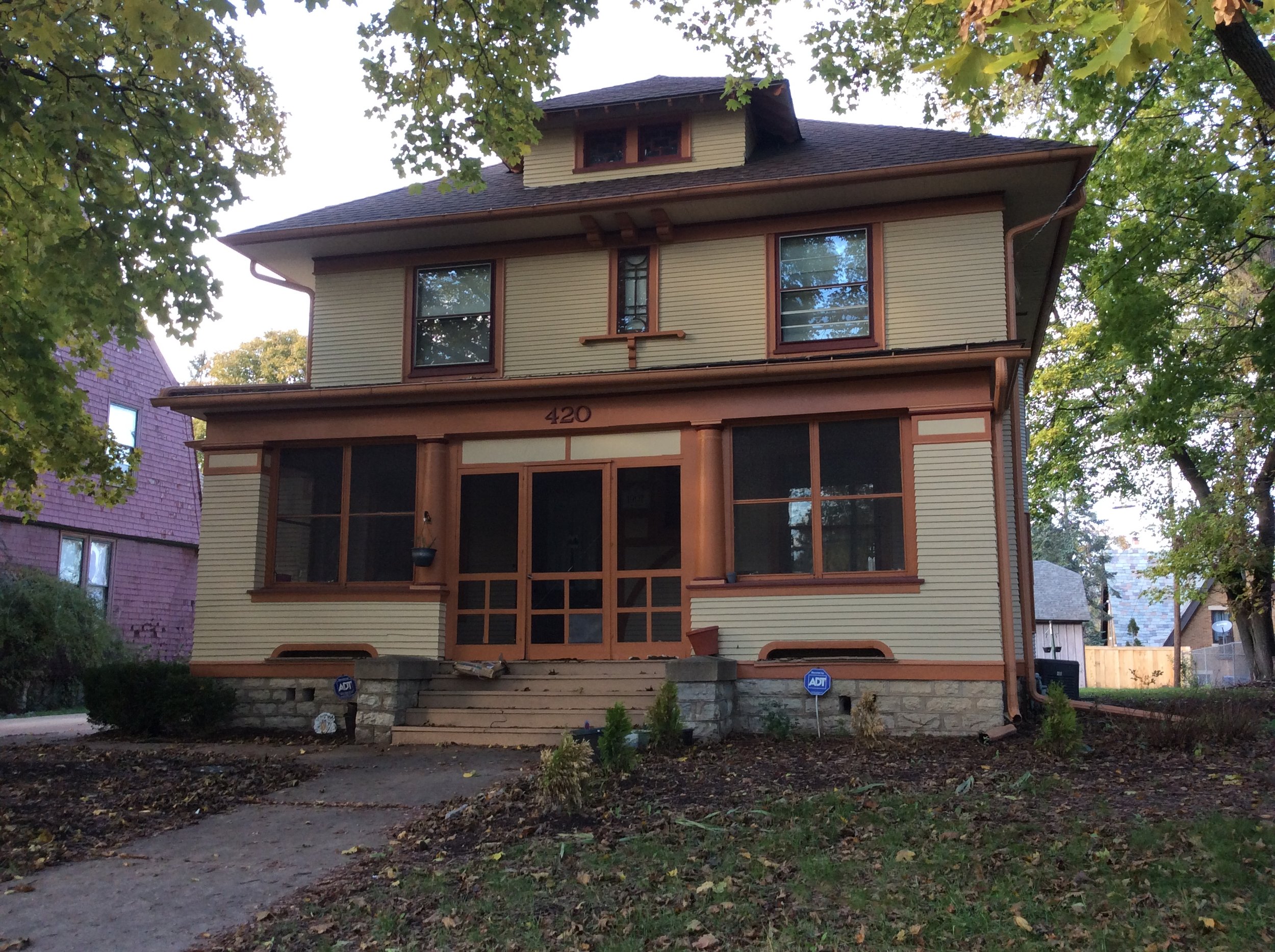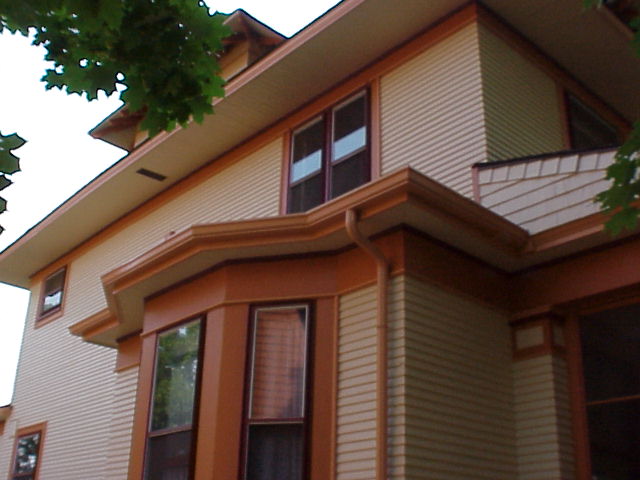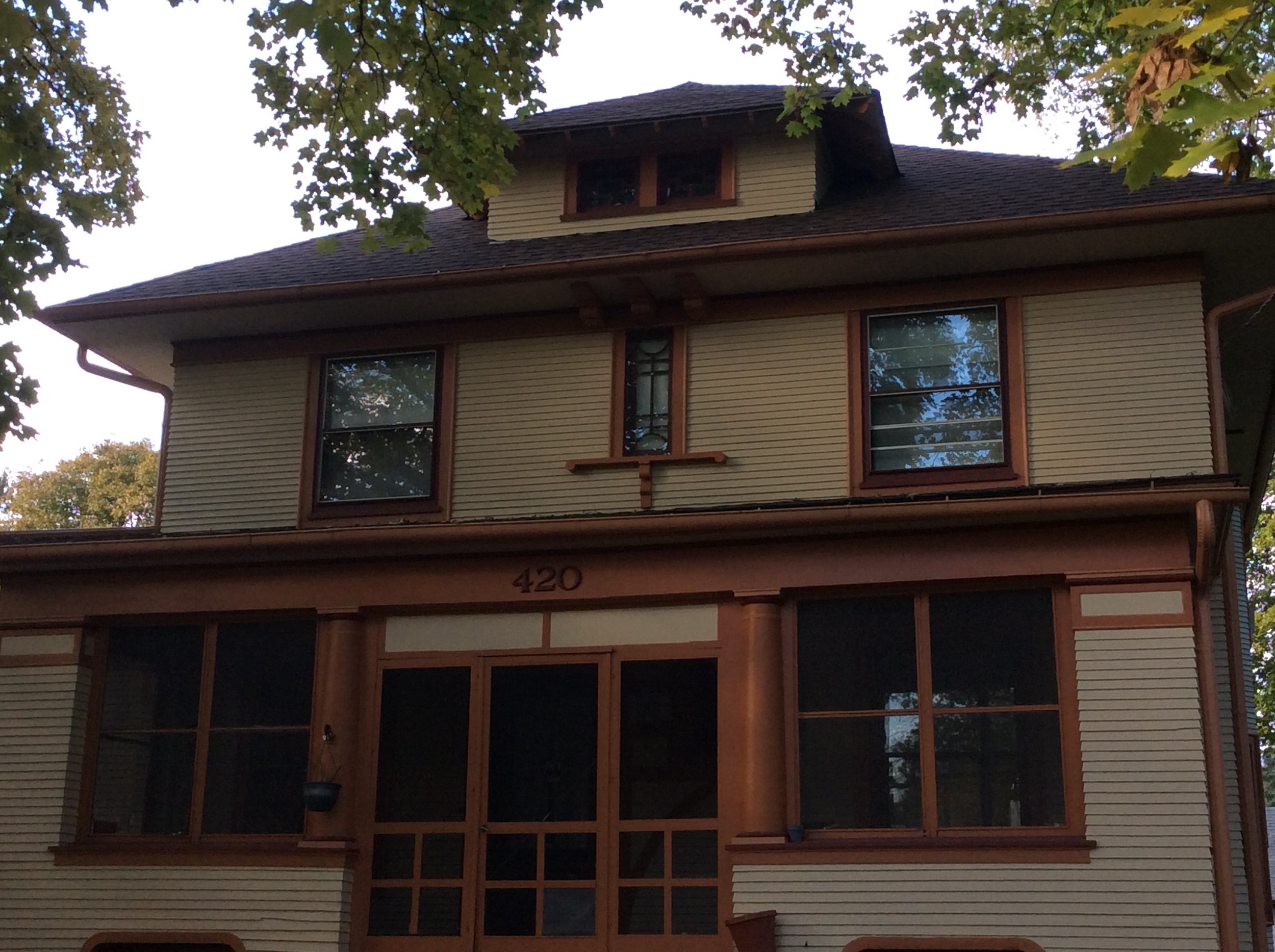420 FULTON STREET
HISTORIC SIGNIFICANCE
In 1907, W. W. Abell was commissioned to build a new parsonage for the Swedish Evangelical Bethlehem Lutheran Church. Abell is a famed Elgin architect, known for other local landmark buildings such as the Teeple Barn and the Wilcox House, at 327 W. Chicago Street, among many others.
The Church was once located at the corner of Villa and Fulton Streets, but after the Palm Sunday Tornado in 1920 much of the building was damaged, including the steeple, which fell squarely into the ground. The steeple was not reconstructed, and many windows and pews needed work done after the tornado. Bethlehem Lutheran moved to Grand Avenue by Lord’s Park in the 1950s, remaining in the same place to this day.
420 Fulton was built on the same site of the church’s original parsonage at a cost of $5,000. Some funds came from Swedish Meatball Suppers, a fundraising effort started by the church's parishioners.
Of the original structures, the first minister to reside in this new parsonage in 1907 was John Craft. Craft and subsequent ministers stayed in this parsonage until 1961 when it was sold to a private owner, William Braheny. Braheny was Secretary to the Chairman of the Chicago, Milwaukee, St. Paul and Pacific Railroad, an important industry in Elgin, given our proximity to the popular transfer city of Chicago.
ARCHITECTURAL SIGNIFICANCE
420 Fulton Street is an example of the American Foursquare typology with some Prairie influence. Architectural characteristics of this style seen here include its symmetrical, simple box shape standing at two and a half stories tall. The low hipped roof and overhanging eaves are also indicative of the style and point to the Prairie influences that place emphasis on horizontal elements and details.
TIMELINE OF PREVIOUS OWNERS
Sources: 1988 Heritage Plaque Application; Audio: TextAloud

